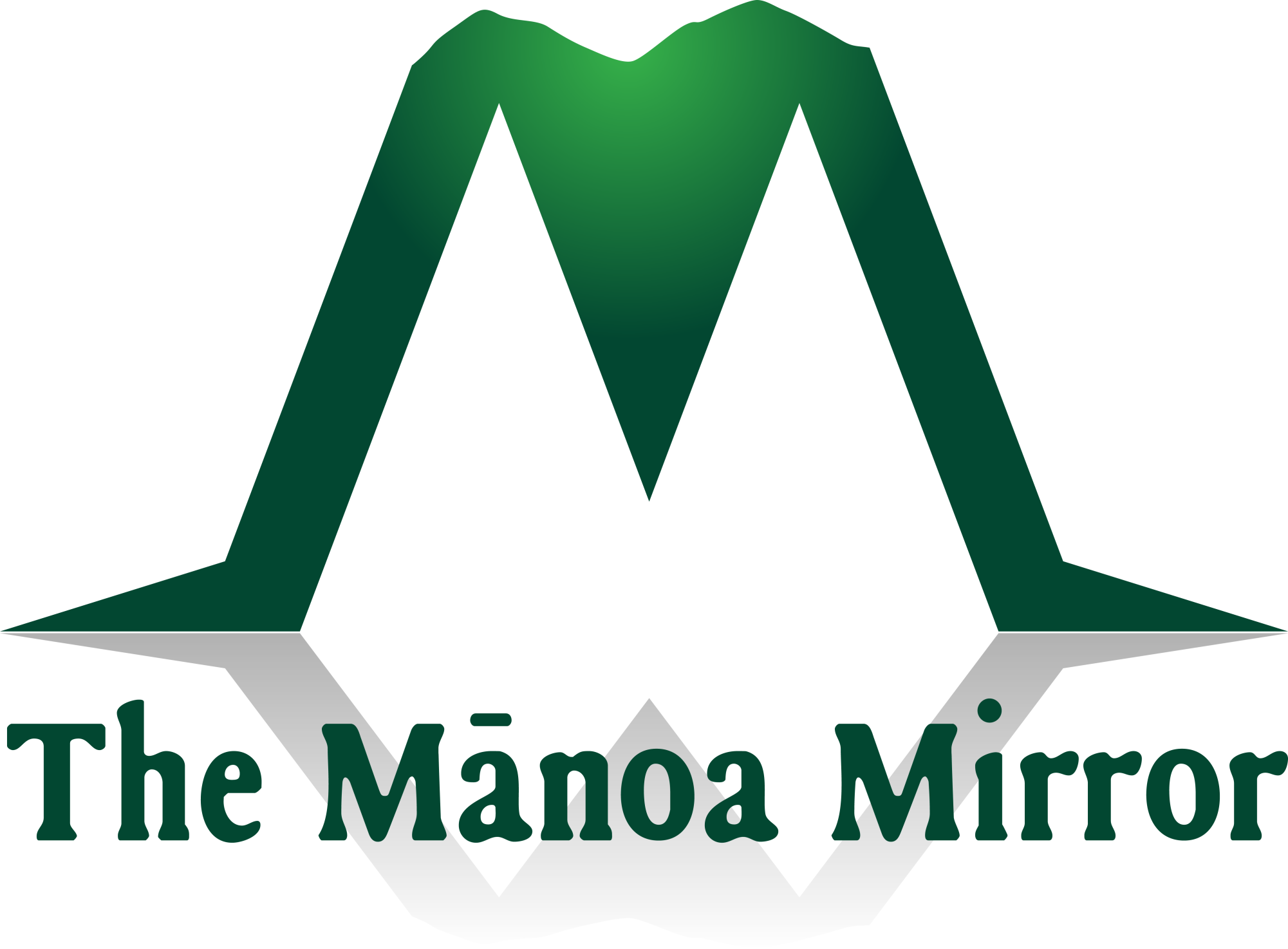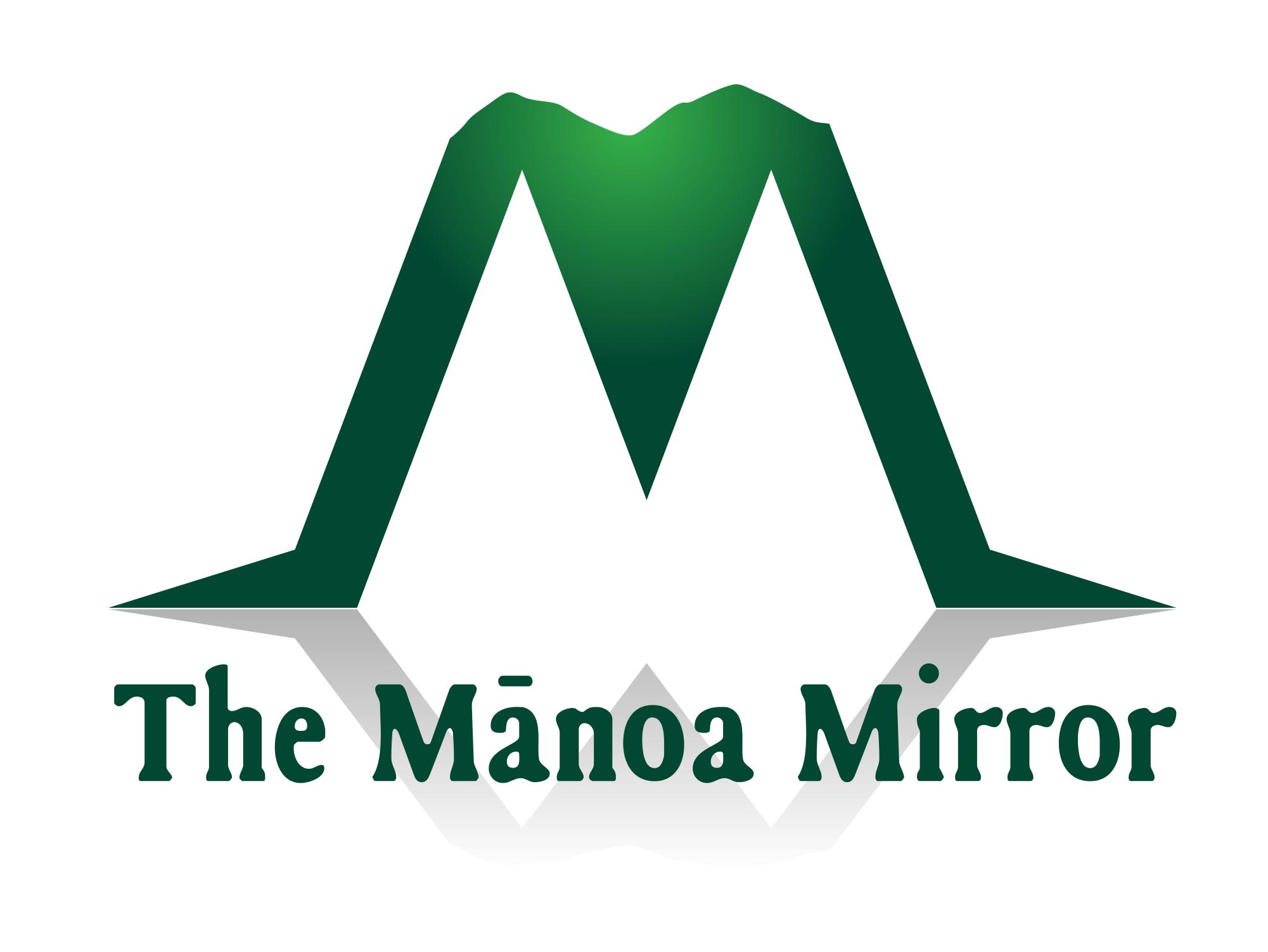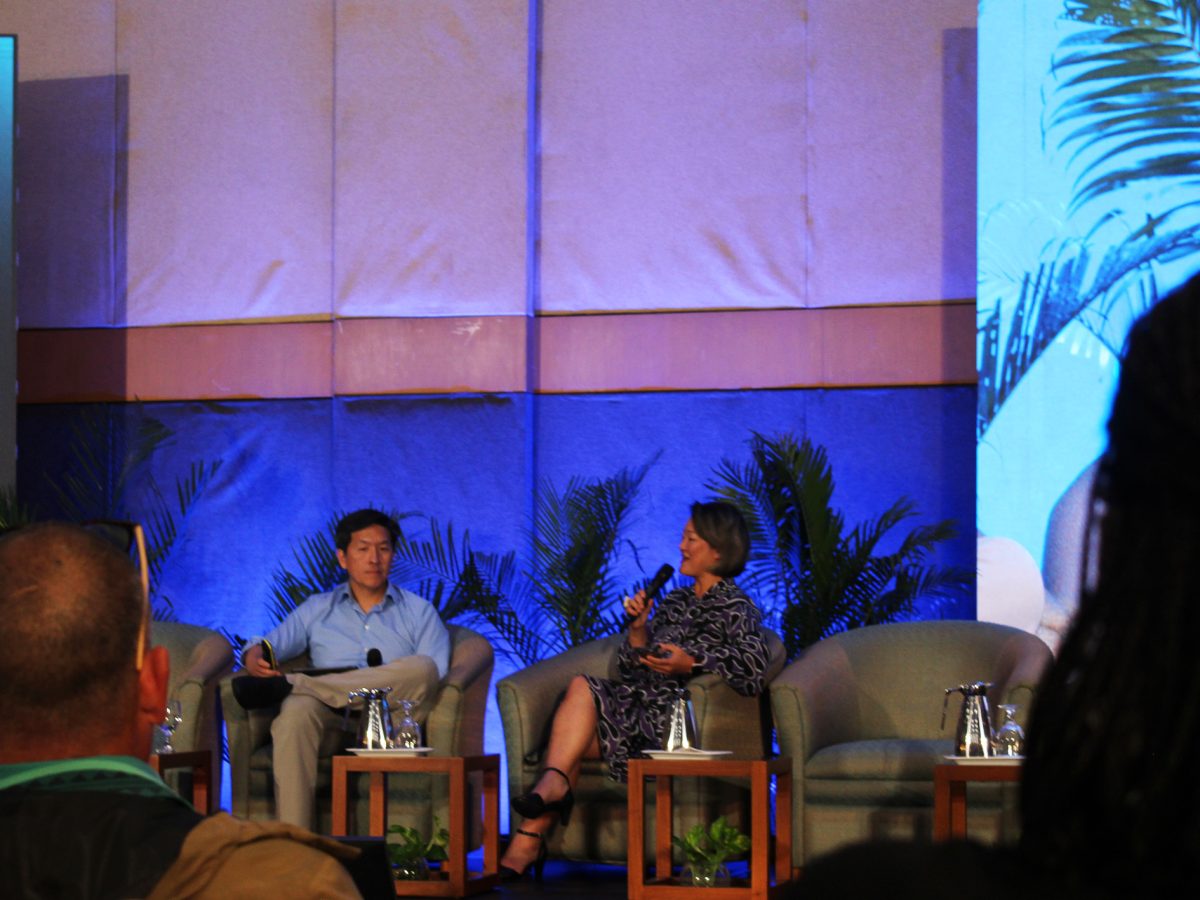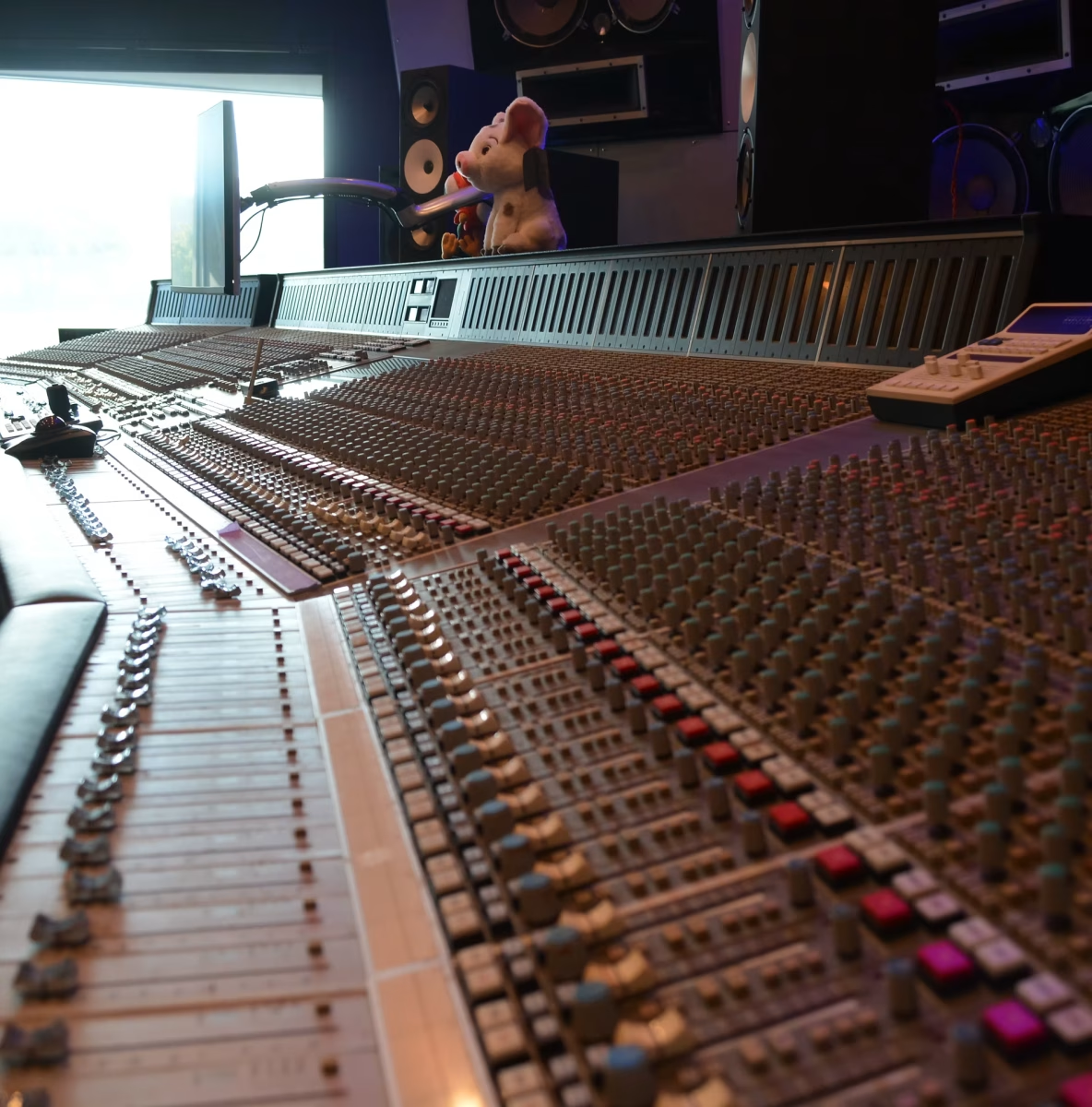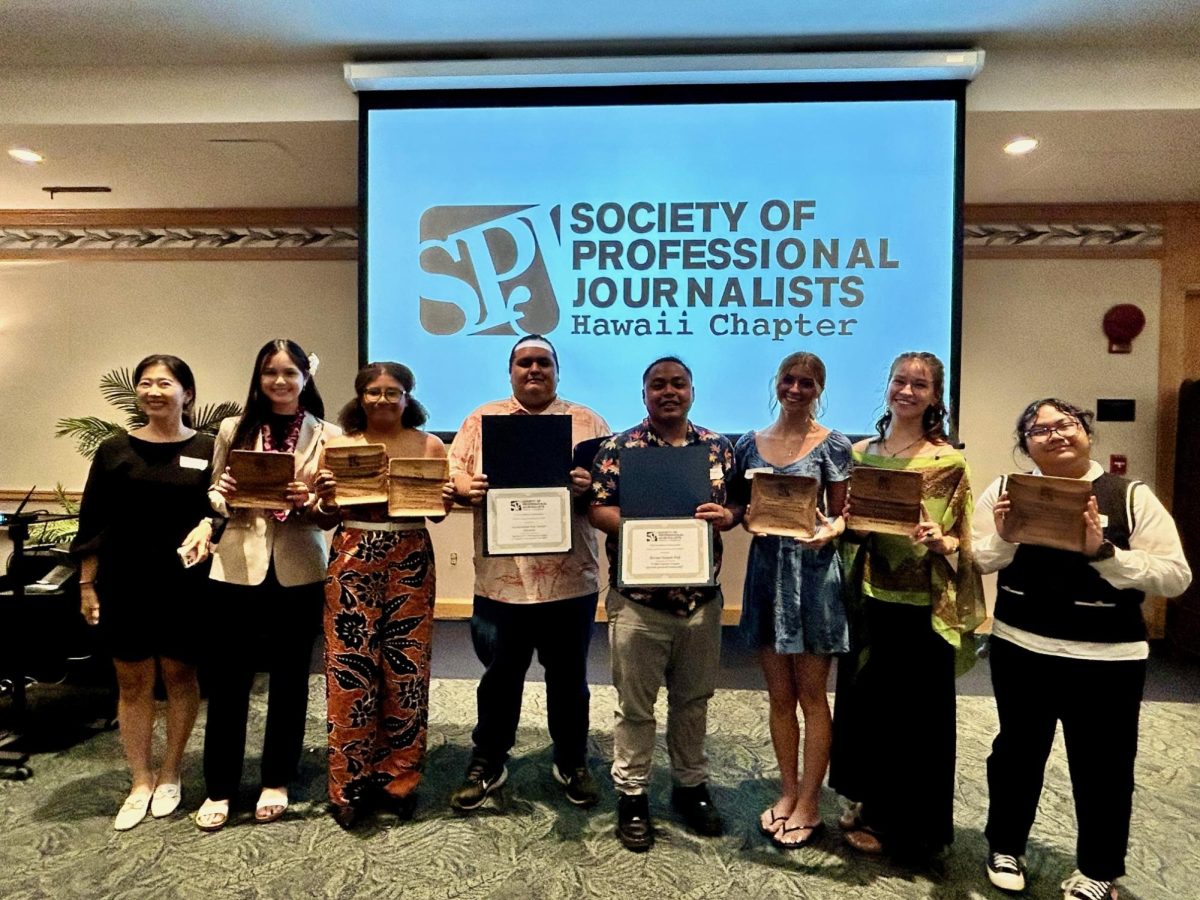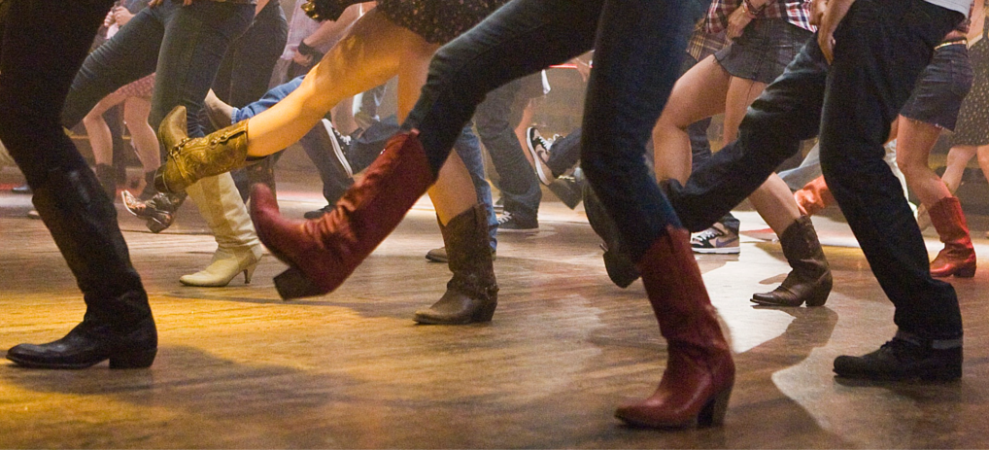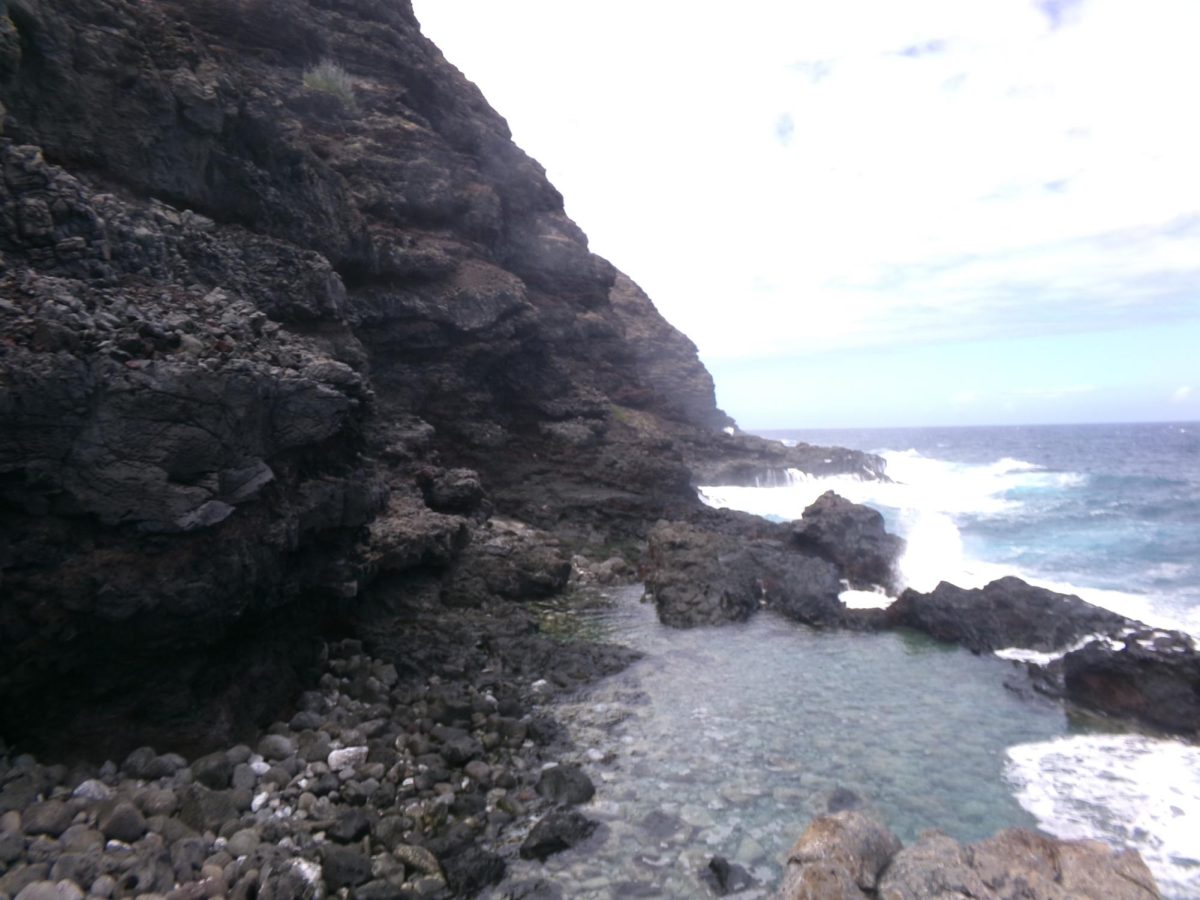One of the most anticipated topics of discussion at this week’s media conference in Manila, particularly in regard to the future of journalism, is the role Artificial Intelligence will play across mass media.
Journalist, North Korea expert and adjunct fellow Jean Lee at the event’s main sponsor, the East-West Center, took a deep dive into the topic at one of the conference’s most anticipated panels: AI Horizons.
Mixed feelings surface upon the mention of AI and its future influence. Many of the journalists in the panel’s audience feared the impact the eerie futuristic technology will have upon public trust, news and academia. Lee, on the other hand, believes the best we can do is embrace our chatbot friend and its many tools, saying it’s here to stay so it’s best we get ahead of it.
“Even though it’s hurtling into the future at warp speed, it feels like we can get on that train and make sense of it and maybe not stop it, but at least be a part of that journey,” Lee said.
Joining Lee were panel speakers Charlie Beckett, founder of Polis and leader of the Polis Journalism AI Project at the London School of Economics, and Art Min, head of partnerships at TrueMedia.org, a just-launched deepfake detection program.
“It’s happening so quickly, that this technology within a year or two has become ubiquitous, it’s become global, anybody who’s played with it realizes that it has a kind of magic which sometimes can feel a bit creepy or a bit overwhelming,” Beckett said.
Despite the unforeseeable future of AI, Beckett chose to focus on how journalists can utilize the software to streamline their workflow.
Beckett introduced the audience to his ‘6 Steps Towards an AI Strategy for News Organization’:
Get informed
Broaden AI literacy
Assign responsibility
Test, iterate, repeat
Draw up guidelines
Collaborate
Upon introducing his strategy, naturally the question of how journalists can maintain ethical standing with the influx of AI in our industry was raised. Beckett emphasized that journalists cannot be lazy in their work, just like prior to the software’s invention. We ought to use it as a tool for recipes, formatting, translations etc. as opposed to completely relying on it and letting it do the job for us, he argued.
Proceeding Beckett, Min introduced his latest deepfake detection program TrueMedia.org that launched in April 2024.
“One of the things that really caught our attention was when Microsoft, in 2015, published a report about saying how the average attention span is eight seconds, correlating down to social media, algorithms, the feed, doomscrolling. The issue is that as people come across this content and with the short attention span, they’re making very impressionable first impressions on the media that they’re consuming. So if it’s a deepfake, misinformation or disinformation it can trigger impulsive behavior which causes people to quickly share it,” Min said.
With that concern in mind, the nonprofit program is designed to allow approved users, such as journalists who sign up with a verified domain, to enter a URL or upload video or image content that could be a potential deepfake. Within seconds, said image or video is analyzed, and with a 90% success rate determines the result of the contents authenticity.
Content is analyzed frame by frame, and for those concerned about the last 10%, results are also verified by human analysts. Today, Min said there are over 4,000 organizations using the detection tool worldwide.
TrueMedia was created with the 2024 U.S. Presidential elections on the horizon to serve as a tool for journalists to detect mis-or disinformation. Upon it’s trial, foreign administrations caught wind of the idea and reached out to T.M. asking for trials. TrueMedia successfully debunked thousands of deepfakes during India’s 2024 General Election and was later recognized by the New York Times.
The general consensus of the panel was that AI is here to stay, and depending on how you look at it, a journalist can either choose to jump on that train to get ahead and educate themselves, or they can bury their head in the sand. Either way, the future of journalism is upon us.
